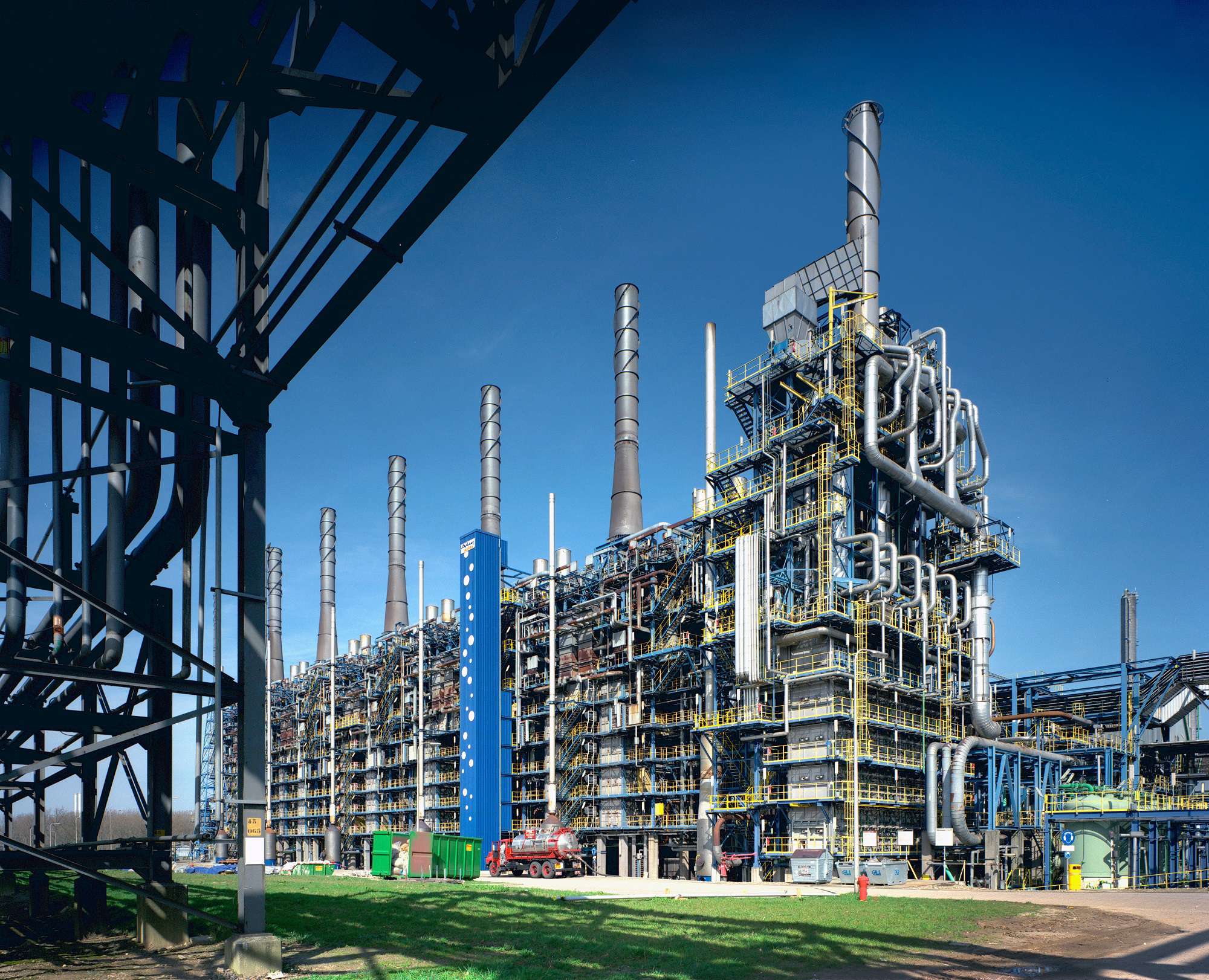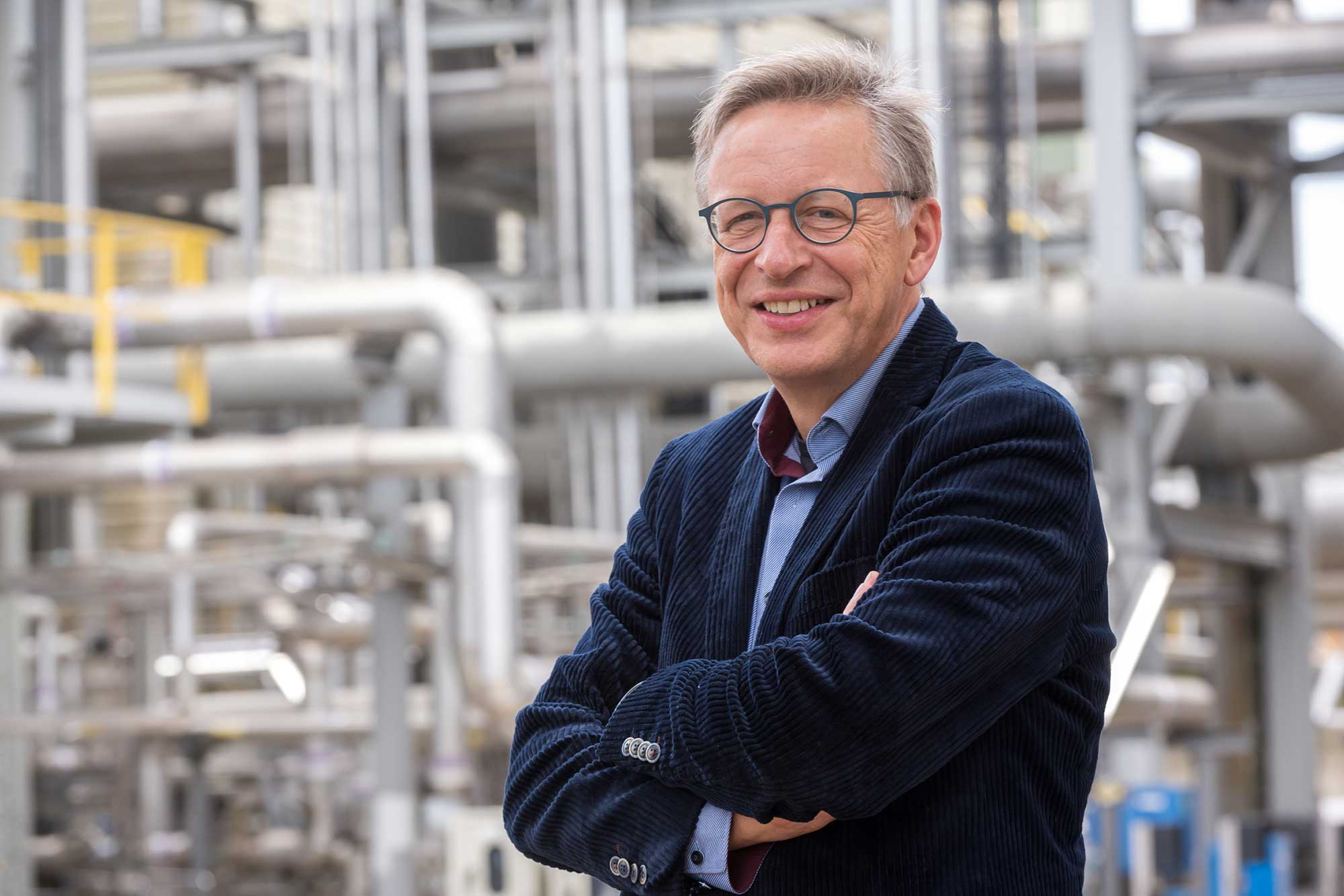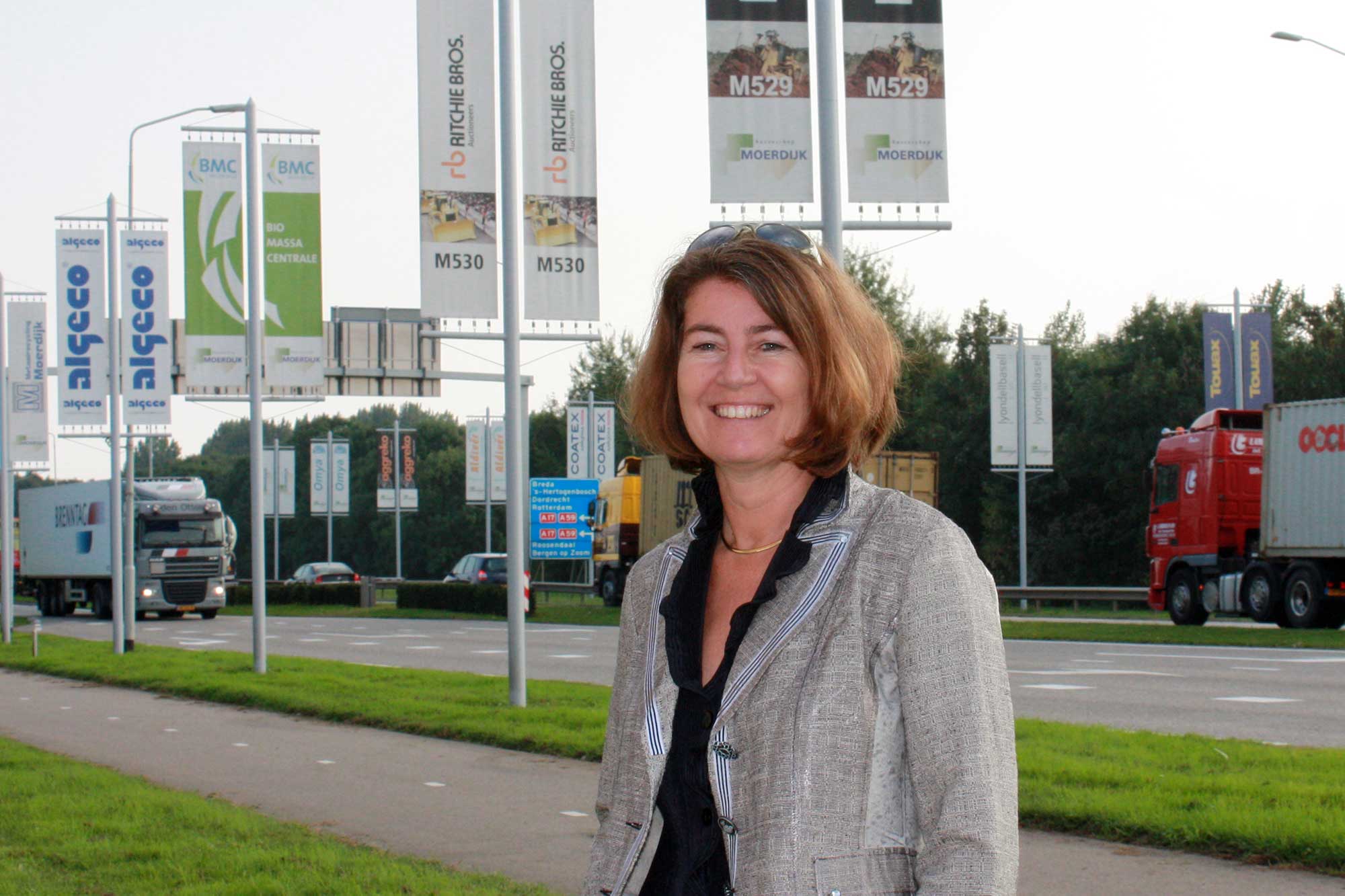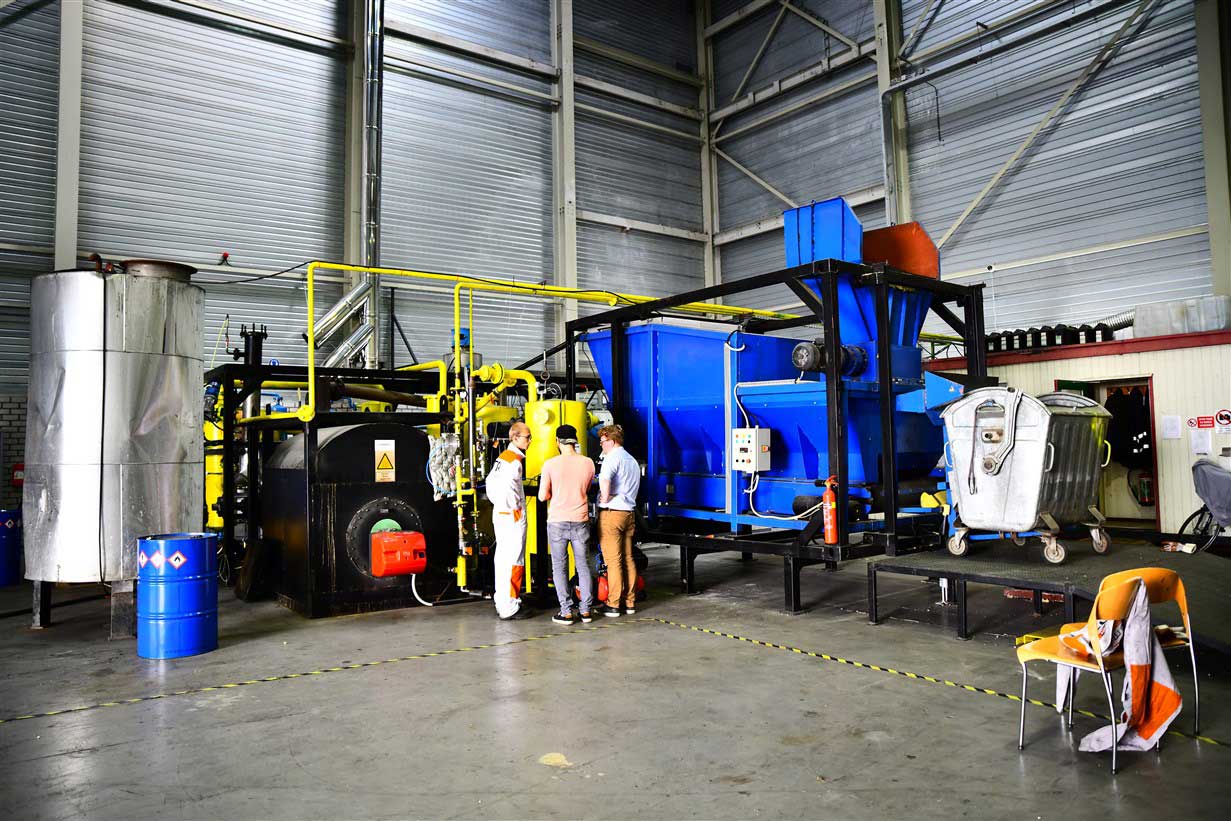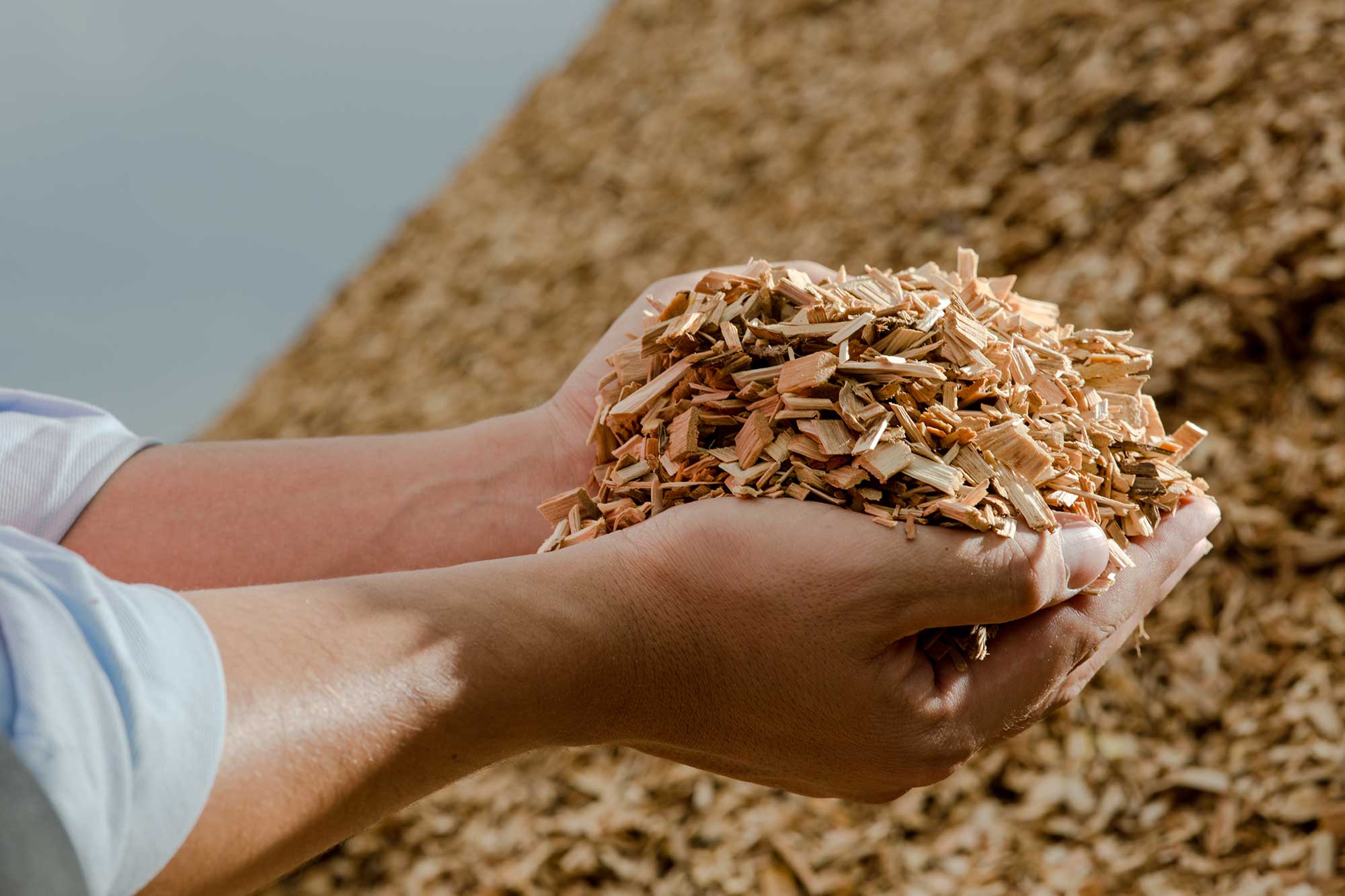Pyrolysis holds lots of promise: it would appear to be the method of choice for making oil from mixed waste flows, including plastics, biomass and household waste, that in turn can be used to produce energy or chemical building blocks. A lot of hard work went into the Pyrolysis Testing Ground in Moerdijk in recent years to turn this promise into reality. A large number of value chains was identified and explored. It’s time for the next step: upscaling. This requires major investments, clear regulations and the courage to make choices.
‘It is a debate that must be held at a higher level with the business community, government and financiers,’ says Manon Baartmans, Commercial Manager at Moerdijk Port Authority. ‘The EN Zuid initiative, in which parties in the three southern provinces, where the large petrochemical companies are located, are in contact with the Ministry of Ministry of Economic Affairs and Climate (EZK), is of help in this respect.’
Challenges
Successfully implementing upscaling in the chemical sector is proving to be a difficult issue, says Arnold Stokking, Managing Director of BrightSite and the driving force behind EN Zuid. ‘The chemical sector must become sustainable, in terms of the consumption of energy, as well as the consumption of raw materials. Neither technology, nor enthusiasm are the primary problems in this respect. Why is upscaling so difficult and why are we still talking about a few kilotonnes, while we need 12 million tonnes per year to replace all naphtha in the Netherlands?’
According to Stokking this is not only a question of competing with a highly efficient oil and gas industry. It is also related to the necessity of creating new value chains with innovative parties that speak a different language than what we are accustomed to in the petrochemical sector, with very large investments, to the need for writing off existing plants and to uncertainty about government policy. ‘We are currently in the process of punishing fossil and absolutely paying insufficient attention to stimulating new green alternatives,’ Stokking concludes. He is concerned that due to its wait-and-see attitude, the Netherlands will miss the boat and will ultimately see the petrochemical industry leave for abroad. Approximately 100,000 jobs are involved in the Southern Netherlands alone.
All this while there is a will to invest in the Netherlands. Dow, SABIC and Shell are very interested in pyrolysis oil as a drop-in for their crackers. SABIC together with Plastic Energy is building a synthetic crude plant in Geleen. Shell and Dow are about to form consortia in this domain. ‘We have set aside 20 hectares worth of industrial estate for these new activities, but we are seeing that the permit application process and the nitrogen debate are holding parties back,’ says Manon Baartmans.
Biomass
To enable initiatives like this to really succeed on an industrial scale requires a government willing to make clear choices. This applies to the pyrolysis of waste flows, as well as biomass. It is a sensitive subject due to the social debate about bio-energy, but it is also unavoidable according to Baartmans and Stokking. This is because there is insufficient waste plastic to be able to provide for future carbon needs. Part is lost due to microplastics, part due to heat and part is fixed in sustainable materials for the long term. Aside from this, it is also necessary to absorb the growth in plastics production. This requires additional carbon sources. That makes biomass an obvious choice.
According to Baartmans, government must assume a leading role in this debate. ‘The business community will only tackle this on a large scale once government starts pursuing a clear raw materials policy. This is currently lacking, with uncertainty as the result.’
Stokking adds: ‘In Western Europe we are living in the middle of a large number of biomass sources that can be used to produce energy or raw materials: wood, sugar beets, corn and agricultural residual flows. We subsidise the use of these sources for energy, but not for raw materials. This means that the regulations are counter-productive. That makes it all the more difficult to get this initiative off the ground. This is why we want to bring the parties together within EN Zuid. We will address a number of initiatives that demonstrate the new economy and we will try to close these chains. We are also going to discuss this with governments and financial institutions to clearly convey that we must not allow this upscaling opportunity, using our own knowledge and expertise, to pass us by. We want to mitigate climate change, but at the same time we can also stimulate new activity in these new supply chains. If government and financiers were to work together to effectively stimulate this, initiatives such as the pyrolysis project could get off the ground that much faster!’
What about the Southern Netherlands Pyrolysis Testing Ground? This has been very successful, most certainly with mixed waste and plastics. Baartmans: ‘Over the coming years there will continue to be a need for sites such as our Testing Ground, which carries a permit that allows it to work with waste materials and where parties can demonstrate their technologies. Pyrolysis is a promising technology, which we need to ultimately continue to innovate towards new types of energy sources that hopefully will no longer emit any CO2 in the future.’
This article was produced in collaboration with Port of Moerdijk.
Image above: Aerovista Luchtfotografie/Shutterstock

